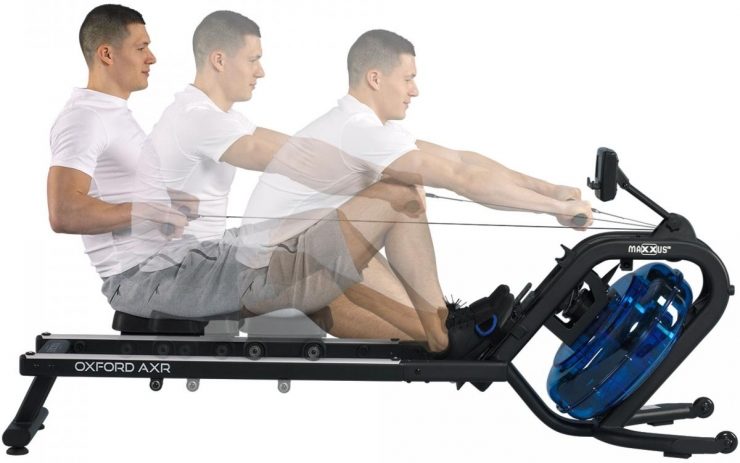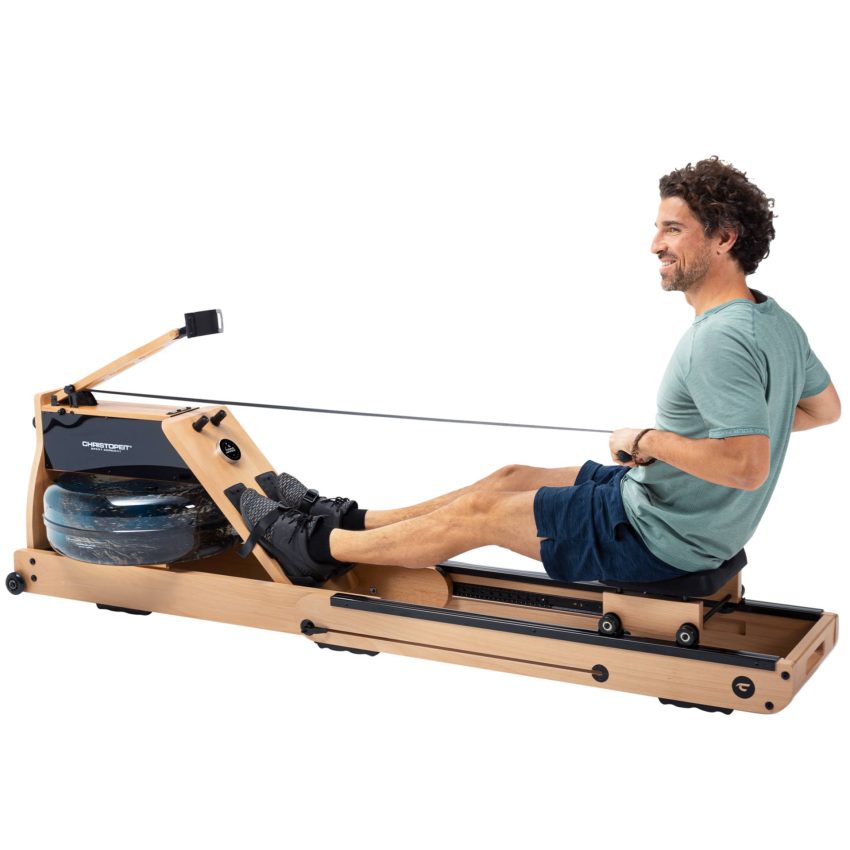Today, we will embark on a fascinating journey into the world of rowing machines. You’ve likely heard it a million times: “proper form and technique are key to getting the most out of your workout.” Well, it couldn’t be truer when it comes to rowing machines.
Rowing is an exceptional, full-body workout, but its effectiveness hinges heavily on technique. With good form, you can engage multiple muscle groups, burn calories, and increase fitness without risking injury. Strap in as we dive into understanding the rowing stroke and how to master it!
Navigating the Rowing Stroke: Understand the Basics
Rowing, at its core, involves four key phases: the catch, the drive, the finish, and the recovery. Let’s set our sails and navigate through each one:
- The Catch: This is your starting position where you are closest to the rowing machine console with your arms extended and knees bent.
- The Drive: This is the action part of the stroke. You push off with your legs, lean back slightly with your core, and pull the handle into your chest.
- The Finish (or Release): At the end of the drive, your legs are extended, you’re leaning back slightly, and the handle is pulled into your chest.
- The Recovery: This is where you return to the catch position, effectively ‘recovering’ for the next stroke.
Picture these phases as parts of a fluid cycle, seamlessly transitioning from one to another, much like waves rolling in the ocean.
Setting the Stage: Proper Form and Posture
Proper form and posture are your compass and map in this fitness journey. They ensure you row effectively, safely, and without straying off course. Here’s what you need to remember:
Sit on the rower with your back straight and shoulders relaxed. Imagine a string attached to the top of your head, pulling you upwards. This visualization helps maintain an upright position. Your core should be engaged throughout the rowing stroke, providing stability and power.
Remember, your core isn’t just about your abs; it’s also about your lower back and hips. All these muscle groups need to work together to keep your rowing form on point.
Rowing the Right Course: A Step-by-Step Guide
Now that we’re familiar with the basic posture and rowing phases, let’s embark on the step-by-step journey of a full rowing stroke:

Step 1. The Catch
Start at the front of the rower. Your knees should be bent and arms fully extended out front holding the handle. Your back should be straight, your shoulders level, and your shins vertical.
Step 2. The Drive
Initiate the stroke by driving through your heels to extend your legs while keeping your arms straight. Once your legs are almost fully extended, hinge back slightly at the hips, and then pull the handle into your chest, just below your pecs.
Step 3. The Finish
You’ve now reached the finish of the stroke. Your legs are extended, you’re leaning back slightly at the hips, and the handle is at your chest. This is your moment of power – savor it!
Step 4. The Recovery
Start the recovery by extending your arms out. Once the handle clears your knees, bend them to glide forward on the seat, returning to the catch position.
And voila! You’ve completed one full rowing stroke. This sequence might feel a bit complex at first, but with practice, it will become as fluid as the waves of the ocean.
Up next, we’ll be covering common mistakes and how to avoid them. So, stay tuned, and keep rowing!
Avoiding Stormy Seas: Common Mistakes and How to Correct Them
Now that we’ve navigated through the rowing stroke, it’s time to drop the anchor and focus on common errors that could potentially rock your boat. Rowing is a fantastic workout, but only when done correctly. Let’s tackle some of these common mistakes:
- Over-pulling: Rowing is more about technique than brute strength. Pulling the handle too hard can strain your back and arms. Focus on using your legs, which should be doing most of the work, and think of your arms as the finishing touch to the stroke.
- Hunching the back: A rounded back can spell disaster for your rowing form, potentially leading to back pain and injury. Aim for a flat back with your core engaged and shoulders relaxed.
- Gripping the handle too tightly: A death grip on the handle won’t make you row faster or harder. It could lead to unnecessary tension in the forearms and shoulders. Instead, grip the handle firmly but comfortably and focus on pushing with your legs.
Calm Waters Ahead: Tips for Improving Rowing Technique
Just like any other skill, mastering the rowing stroke requires practice and patience. Here are some tips to enhance your technique:
- Practice drills: Try breaking down the rowing stroke and practicing each phase separately. This helps in understanding the movement pattern and builds muscle memory.
- Consistency is key: Regular practice helps improve your form and efficiency. Start with shorter, frequent rowing sessions and gradually increase the duration as your technique and stamina improve.
- Measure your progress: Track your improvements over time. This could be in terms of stroke rate, time, distance, or even how you feel during and after your workout.
Navigating Safely: Safety Precautions
Like any physical activity, rowing comes with its own set of safety precautions. To ensure a safe and efficient workout:
- Warm-up: Warming up prepares your body for the workout ahead. A few minutes of light cardio and dynamic stretches can get your muscles ready for rowing.
- Cool down: After your rowing session, take a few minutes to cool down. Gentle stretching can help reduce muscle stiffness and promote recovery.
Remember that even slow pace low-impact workouts on an ergometer bring many health benefits.
Tip. We published a dedicated safety guide for seniors who wish to start regular ergometer sessions.
Docking the Boat: Conclusion
We’ve navigated the open waters of rowing technique and form, understood the basic rowing stroke, corrected common mistakes, and discussed some tips for improvement. But remember, the journey doesn’t end here.
Proper rowing form is essential for effective workouts, preventing injuries, and enhancing your overall rowing experience. It’s something that develops over time, so don’t be disheartened if you don’t get it perfect right away.
Take your time, practice, and you’ll soon be rowing with power and efficiency. Remember, rowing is not just a workout; it’s a journey of self-improvement and discovery. Keep rowing, stay safe, and enjoy the ride!
